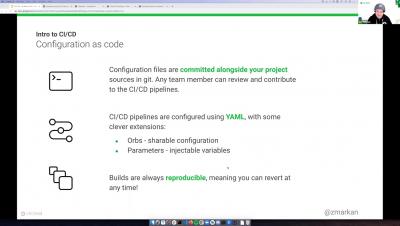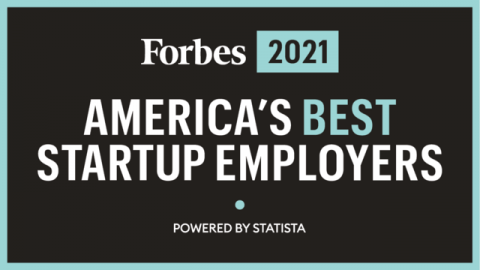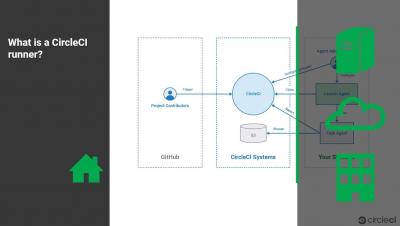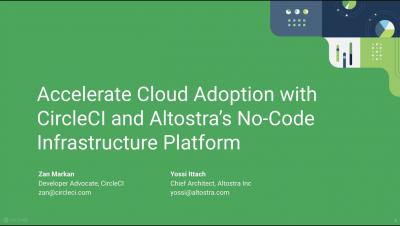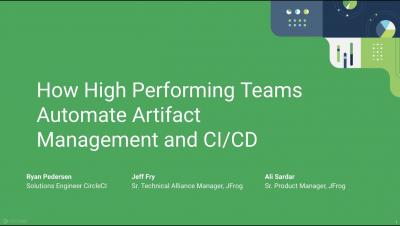Operations | Monitoring | ITSM | DevOps | Cloud
CircleCI
Forbes names CircleCI to America's Best Startup Employers list
Our team at CircleCI has been hard at work this past year. From rolling out major product additions like CircleCI Insights and private orbs, along with educational resources like our developer hub and State of Software Delivery Report that includes the first CI/CD benchmarks for high-performing engineering teams, it seems like every day there is something new to look forward to. All of this has taken place during unprecedented times for everyone across the globe.
Deploying applications to Kubernetes from your CI pipeline with Shipa
Kubernetes can bring a wide collection of advantages to a development organization. Properly using Kubernetes can significantly improve productivity, empower you to better utilize your cloud spend, and improve application stability and reliability. On the flip side, if you are not properly leverag Kubernetes, your would-be benefits become drawbacks. As a developer, this can become incredibly frustrating when your focus is on delivering quality code fast.
Continuous integration for a Bazel Android project
Bazel (pronounced like the tasty herb: “bay-zell”) is an universal build tool developed by Google. Some notable companies like Twitter and projects like the Android Open Source project have migrated to Bazel. In this tutorial, you will learn how to build a Bazel Android project and set it up for continuous integration with CircleCI. We will wrap up by automatically running tests and producing a binary APK file. In addition to the written guide there is a working sample project.
Challenges of growth engineering in a DevOps company
Growth engineering is a practice in which product, engineering, and design support a company’s growth efforts from within the product itself. Growth engineering has gained traction in consumer-facing companies. This practice has gained plenty of traction in the SaaS world over the last decade, to help support growth of self-serve users who often purchase services without the involvement of traditional sales teams.
How to get started with CircleCI for Mobile
What is a CircleCI runner?
To learn more about the CircleCI runner, visit: https://academy.circleci.com/runner-course/704320/scorm/38u8egtp3x93c
Accelerate Cloud Adoption with CircleCI and Altostra's No-Code Infrastructure Platform
How High Performing Teams Automate Artifact Management and CI/CD
The path to production: how and where to segregate test environments
Bringing a new tool into an organization is no small task. Adopting a CI/CD tool, or any other tool should follow a period of research, analysis and alignment within your organization. In my last post, I explained how the precursor to any successful tool adoption is about people: alignment on purpose, getting some “before” metrics to support your assessment, and setting expectations appropriately.


